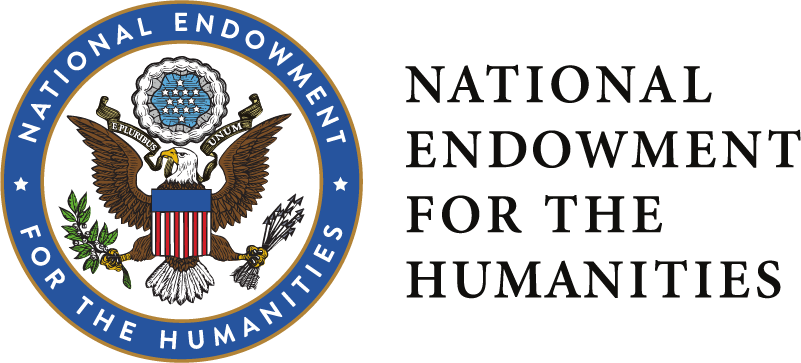Tablet with a cuneiform inscription: Receipt of sheep and goats
Place made:Asia
Culture: Neo-Sumerian
Period: Ur III
Date: 2044-2036 B.C.
Medium: Clay
Dimensions:
1 3/16 × 13/16 × 3/8 in. (3 × 2 × 1 cm)
Credit Line: San Antonio Museum of Art, gift of the Estate of Ethel T. Drought
Object number: 44.98.23.3
Inscribed: Inscribed in Sumerian on both sides and on the right and left edges.
Provenance: Dr. Edgar J. Banks (1866-1945), by gift to Ethel Tunstall Drought (1864-1943), San Antonio, by 1937; gift of her estate to the Witte Museum, San Antonio, 1944; by transfer to the San Antonio Museum of Art, 1994
Published References
J. García Recio, ed., Textos Cuneiformes de Texas. San Antonio Museum of Art (León and Estella, Spain: Instituto Bíblico y Oriental and Verbo Divino, 2021), 70-71, no. 19.
Label Text
Group label for 44.98.23.1-7:
The cuneiform writing system consisted of wedge-shaped marks and was used to write the ancient languages of western Asia for several thousand years. These clay objects from cities in southern Mesopotamia (present-day Iraq) are inscribed with Sumerian texts, and they were recently translated by Dr. Jesús García Recio of the Instituto Bíblico y Oriental in Spain. The foundation cone commemorates the construction of a palace by Sin-Kashid, king of Uruk. The six tablets are administrative documents that record the receipt of livestock and the distribution of food rations to messengers.
The cone and tablets came to San Antonio via Dr. Edgar J. Banks (1866–1945), a colorful archaeologist and antiquities dealer who may have been one of the historical role models for the movie character Indiana Jones. Banks distributed large numbers of cuneiform tablets to American universities and museums. He gave this group to Ethel Drought, who was a prominent patron of the arts in San Antonio and a longtime president of the San Antonio Art League.
(J. Powers, 2021)
The cuneiform writing system consisted of wedge-shaped marks and was used to write the ancient languages of western Asia for several thousand years. These clay objects from cities in southern Mesopotamia (present-day Iraq) are inscribed with Sumerian texts, and they were recently translated by Dr. Jesús García Recio of the Instituto Bíblico y Oriental in Spain. The foundation cone commemorates the construction of a palace by Sin-Kashid, king of Uruk. The six tablets are administrative documents that record the receipt of livestock and the distribution of food rations to messengers.
The cone and tablets came to San Antonio via Dr. Edgar J. Banks (1866–1945), a colorful archaeologist and antiquities dealer who may have been one of the historical role models for the movie character Indiana Jones. Banks distributed large numbers of cuneiform tablets to American universities and museums. He gave this group to Ethel Drought, who was a prominent patron of the arts in San Antonio and a longtime president of the San Antonio Art League.
(J. Powers, 2021)
Not on view
In Collection(s)
The San Antonio Museum of Art is in the process of digitizing its permanent collection. This electronic record was created from historic documentation that does not necessarily reflect SAMA's complete or current knowledge about the object. Review and updating of such records is ongoing.











 This resource has been made possible in part by the National Endowment for the Humanities: Exploring the Human Endeavor.
This resource has been made possible in part by the National Endowment for the Humanities: Exploring the Human Endeavor.
